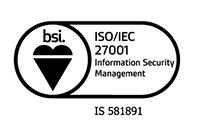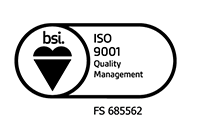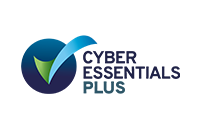Email red flags, such as phishing, are getting more sophisticated and harder to spot. Security teams can prevent scammers by teaching employees email security best practices.
- Most cyber attacks can be traced back to malicious emails.
- Attackers’ latest techniques have made it harder to spot fake emails.
- Developing clear steps to identify and report email scams is critical for businesses to prevent fraud.
Phishing has evolved into a sophisticated and widespread problem. Employees are inundated by phishing emails that carry malicious links or attachments designed to install malware, steal network credentials, or otherwise damage their company’s business.
The Five Red Flags of Phishing
Some universal rules can help protect business email users and their companies’ data. Here are five lessons in email security for employees:
- Carefully read the content – Look for typos and misspellings, especially of official titles or departments, since those mistakes can signify an unfamiliarity with the targeted organisation.
- Dive into the details – Small, important details in a standard email can be overlooked by cyber criminals, like subject phrasing, logo attachments, or signatures.
- Look for suspicious links and attachments – Any link or attachment should be checked before opening, since even a single click can compromise a computer or network.
- Think about the timing – Emails received after standard business hours may signify an increased likelihood of fraud, like an email from a supervisor sent at 3 a.m.
- Trust your instincts – If an email looks strange, be cautious and check for other red flags, contact the IT team, externally confirm with the sender before continuing — or all of the above.
Email is one of the biggest cyber security vulnerabilities for businesses, 50% of UK businesses have faced cyber-attacks in 2024 so far, with an average cost of £3,230 to the business. Phishing scams accounted for 84% of these incidents. But security teams can proactively train staff to identify red flags in email communications and minimise the risk of business email compromise. By carefully reading emails, remaining cautious of links or attachments, and checking details like timing and standard procedures, employees can avoid falling for common phishing email scams and stay vigilant in keeping their company’s data safe and secure.






